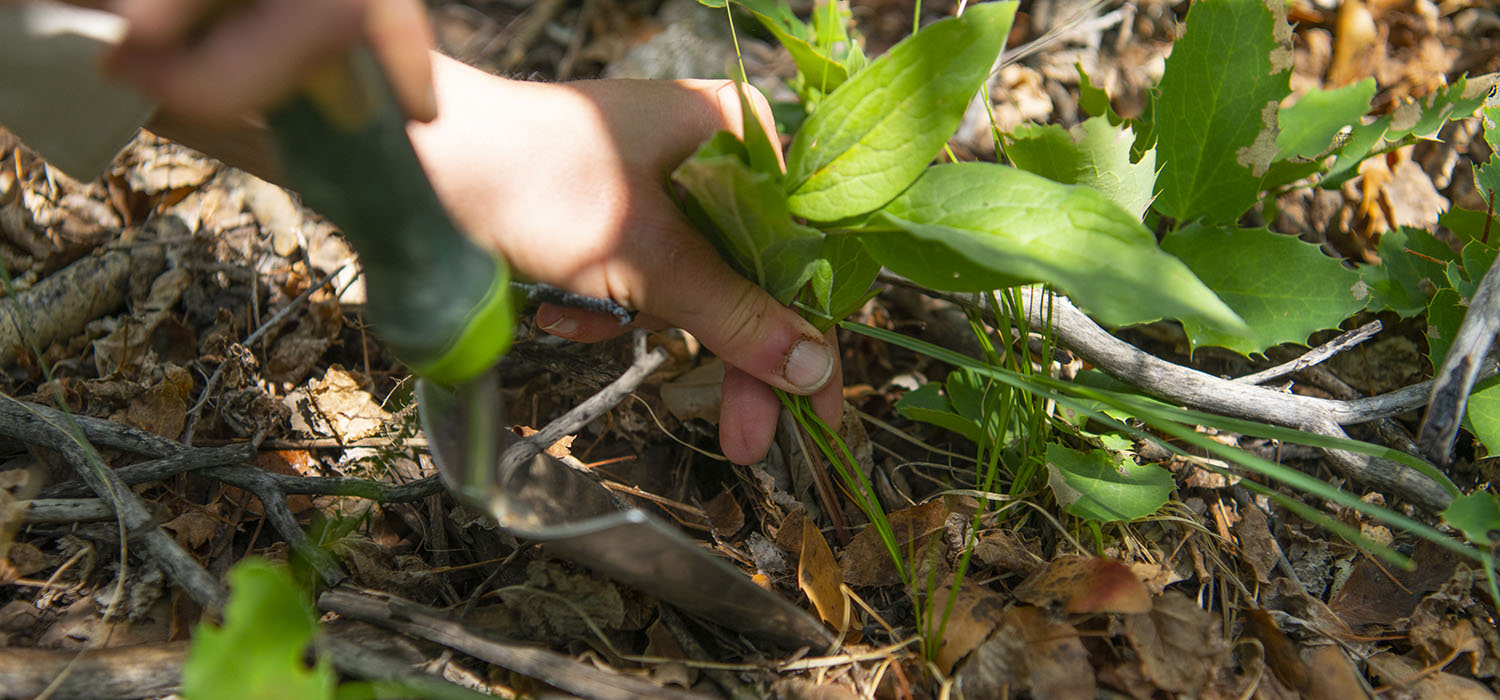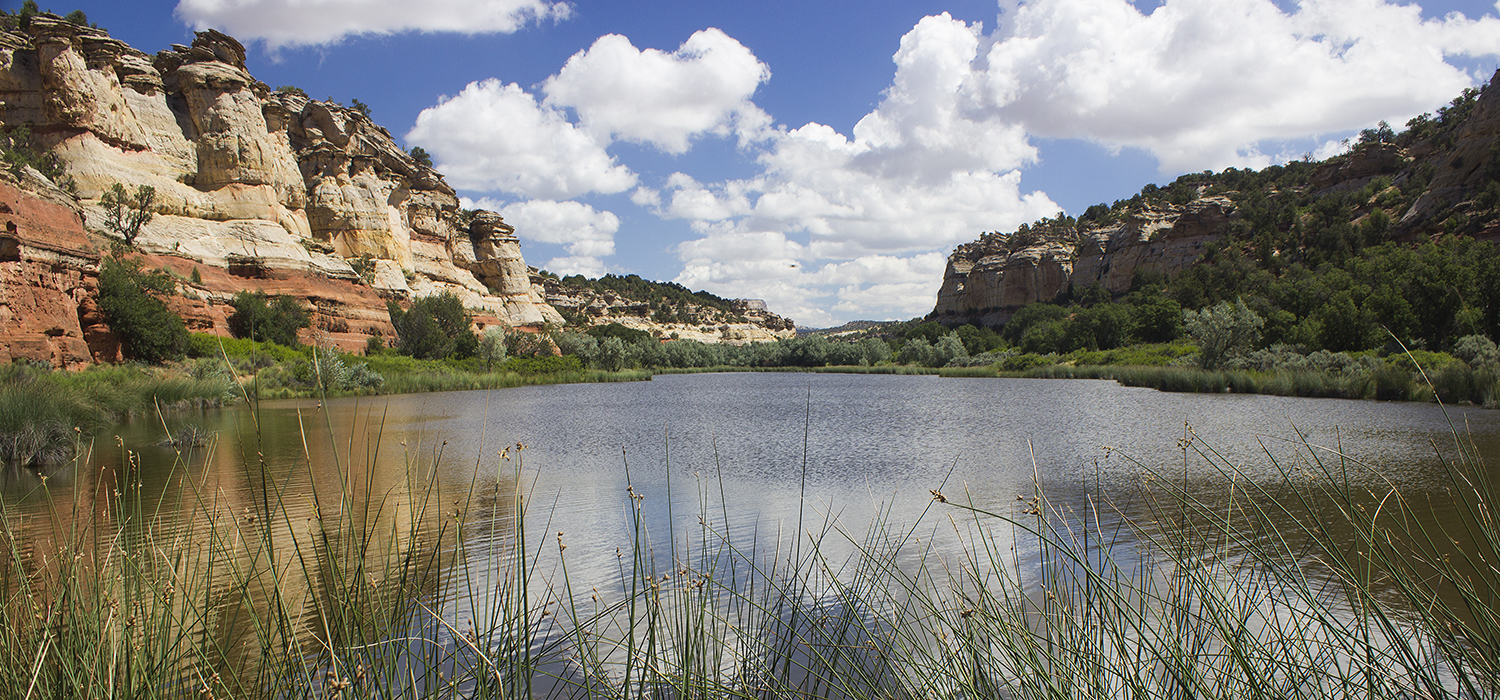Native plants have a tough lot — cattle trample them, deer devour them, and invasive species choke them out. Add in climate change and the natural balance of plant communities really gets thrown out of whack.
Grand Canyon Trust volunteers help re-balance degraded landscapes across the Colorado Plateau and restore healthy habitats. Sometimes this means pulling weeds to make space for native plants. Other times it means building fences to keep certain animals out, giving delicate grasses the chance to reclaim ground after decades of overgrazing. We bag and remove weeds, identify plant species, and take photo points to track the recovery of our public lands.
Native plants occur naturally and have evolved to the specific locales in which they grow. They attract colorful arrays of butterflies and bees, provide food and cover for mice, birds, fawns, and other animals, and help cool the water in streams. Native plants are important components of healthy lands and waters.

We pull weeds so that native plants have the chance to reclaim their ground. Each year, we bag and remove fewer and fewer weeds — a sign that the balance is shifting in favor of native plants.

Volunteers build and fix fences to keep cattle, deer, elk, and sheep out of certain areas. These so-called "reference areas" give overgrazed lands a chance to heal and help us track the recovery of native species.

To help re-establish native species, volunteers plant willows, cottonwood saplings, and wildflowers. Native plants like these help stabilize streambanks and provide habitat for wildlife.

Good old-fashioned weeding helps scientists understand what healthy lands look like.
An 8-foot-tall fence surrounds 16 acres of the Pando aspen grove, keeping grazing animals from munching on new shoots. Notice the new aspen growth over time. Trust volunteers pull weeds inside the fenced area to help native plants recover after decades of overgrazing.



Transforming overgrazed pastures into wildlife paradise.
Rick and Susie Knezevich, the owners of 800 acres of cattle-free land in southern Utah, have an admirable goal: leave the land better than they found it. Several years ago, they teamed up with the Trust, put their land in a conservation easement, and have been working with our volunteers to restore their property and study its recovery.
Surrounded by Grand Staircase-Escalante National Monument, Johnson Lakes Canyon is a laboratory for restoration experiments and projects. It also serves as a lesson in the recovery that is possible when cattle are kept off the land.
Native cottonwoods and willows are thriving, biological soil crusts cover entire hillsides, red-tailed hawks nest, and water birds drop by during their travels. Trust volunteers have been helping remove invasive species in Johnson Lakes Canyon since 2014. We also bring scientists out for bioblitzes to document the plant and animal life gradually coming back to the property. Take a look at what we've found ›
Some good old-fashioned weed removal helps scientists understand what healthy forests look like.
Read MoreAspen trees in a fenced portion of Pando, the world's largest aspen clone, are reaching for the sky. Learn about the effort.
Read MoreIf the map you're looking for doesn't exist, collect the data and make it yourself.
Read More